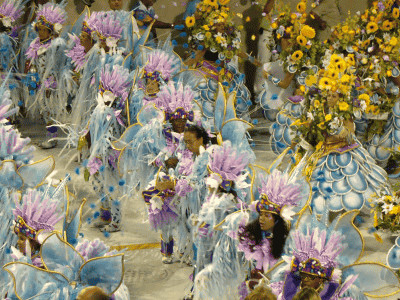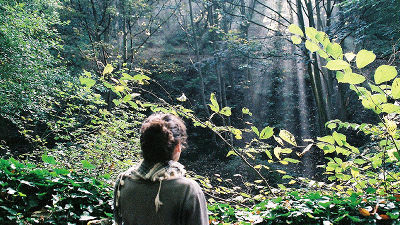The first ever report to investigate the total number of squirrels in the 4 km north-south Central Park

by
You can see many squirrels inhabiting parks in the US, England and other countries, but how many squirrels are in the large Central Park , a tourist attraction in New York City? A large survey to answer the question was conducted by scientists, designers, writers and 300 volunteers. MediaCityLab focused on 'City', revealing its too unique uniqueness and uniqueness.
The Squirrel Census
https://www.thesquirrelcensus.com/
How Many Squirrels Are in NYC's Central Park?-CityLab
https://www.citylab.com/life/2019/06/squirrel-census-results-population-central-park-nyc/592162/

It is a famous story that the Central Park, which boasts a vast site in Manhattan in New York City, USA, is full of squirrels. But how many squirrels are in the site 4 km north to south, 0.8 km east to west? No one has ever worked to unravel the question. So, writer Jamie Allen called up wildlife experts, scientists and designers and, with the help of 300 volunteers, decided to carry out the first ever 'squirrel census' in history.
The Central Park's survey, which is one of the 'most famous parks in the world', was a 'ultimate challenge'. The research team did not simply count the number of squirrels, but used humor to examine the squirrel's habitat, the color of the fur, and whether it was making a group.
As a result, it was first found that the number of squirrels living in Central Park was 3023 in total, of which 2472, or 81%, were gray individuals with black, white and cinnamon highlights. There are 393 individuals in total cinnamon color and 103 are black. There are 21 types of fur color observed in general.
Volunteers recorded squirrels' behavior, many of which were 'running,' 'climbing,' and 'eating,' but some of them were 'acrobatic hanging upside down from the branches of the tree.' The humorous content 'I was bored' was also spelled.

by
Although the survey results include joke-like content, of course there are also scientific aspects. In the early stages of the survey, Allen called on Donal Bisanzio, who was studying urban epidemiology at Emory University, for a way to count the number of squirrels. The reason is that it was difficult for squirrels to 'count one individual only once'.
Under the direction of Bisanzio, Allen divided Central Park into 350 hectares, and looked like a census . Volunteers have counted twice a day, once in the morning and once in the evening, per section. Then, by looking at the trees from top to bottom or counting the number of squirrels making their ears, the number calculated by applying the population calculation formula announced by the squirrel ecologist Vagn Flyger in 1950-60. The 'estimated number' of the individual was calculated. This formula includes the 'uncertainty' of squirrels such as overcounting and uncounting.
Next, graphic designer Nat Slaughter took over two years to visualize the data in order to show the data to the general public in an easy-to-understand manner. Two maps were created for Central Park, which showed the number of squirrels inhabited, one of which focused on the topography of the park, such as relief, bridges, arches, connecting passages, fountains and statues. To create the map, Slaughter spent a lot of time drawing and taking notes in the park, and entered it on a computer. As a result, it was also found that there are 'phantom hills' that do not actually exist in the map published by the city. The city's data is based on data taken from drones and airplanes using LIDAR technology, so the wrong terrain was recorded because of a mistake that 'the building's shadow is misidentified as a hill.' .
Below is a map that captures the panoramic view of Central Park. The map of the park was last updated in 1994, and this map provides the most comprehensive view of the park at the time of writing.

And below is the second map. It shows where the squirrel lives, its population, its density, etc.

The squirrel census map, which was completed in this way, will allow visitors to Central Park to experience a different experience than ever before. When you jog in the park, you will have a perspective that you did not have until you look at the map, and you will listen to the noise of the squirrel, says Allen.
Mr. Allen has stated that the research is not 'academic research' and shows that 'it has neither proved nor disproved the hypothesis.' On the other hand, the collected data will be released to New York City in the future.
The survey results and created maps can be purchased as 'CENTRAL PARK SQUIRREL CENSUS 2019 REPORT'. The price is $ 75 (about 8,000 yen).
Central Park Squirrel Census 2019 Report / Squirrel Census
https://squirrelcensus.bigcartel.com/product/central-park-squirrel-census-2019-report
CENTRAL PARK SQUIRREL CENSUS 2019 REPORT contains two additional 37 pages of auxiliary data, experimental soundtracks, post cards, etc., as well as two maps.

Related Posts:
in Creature, Posted by darkhorse_log







